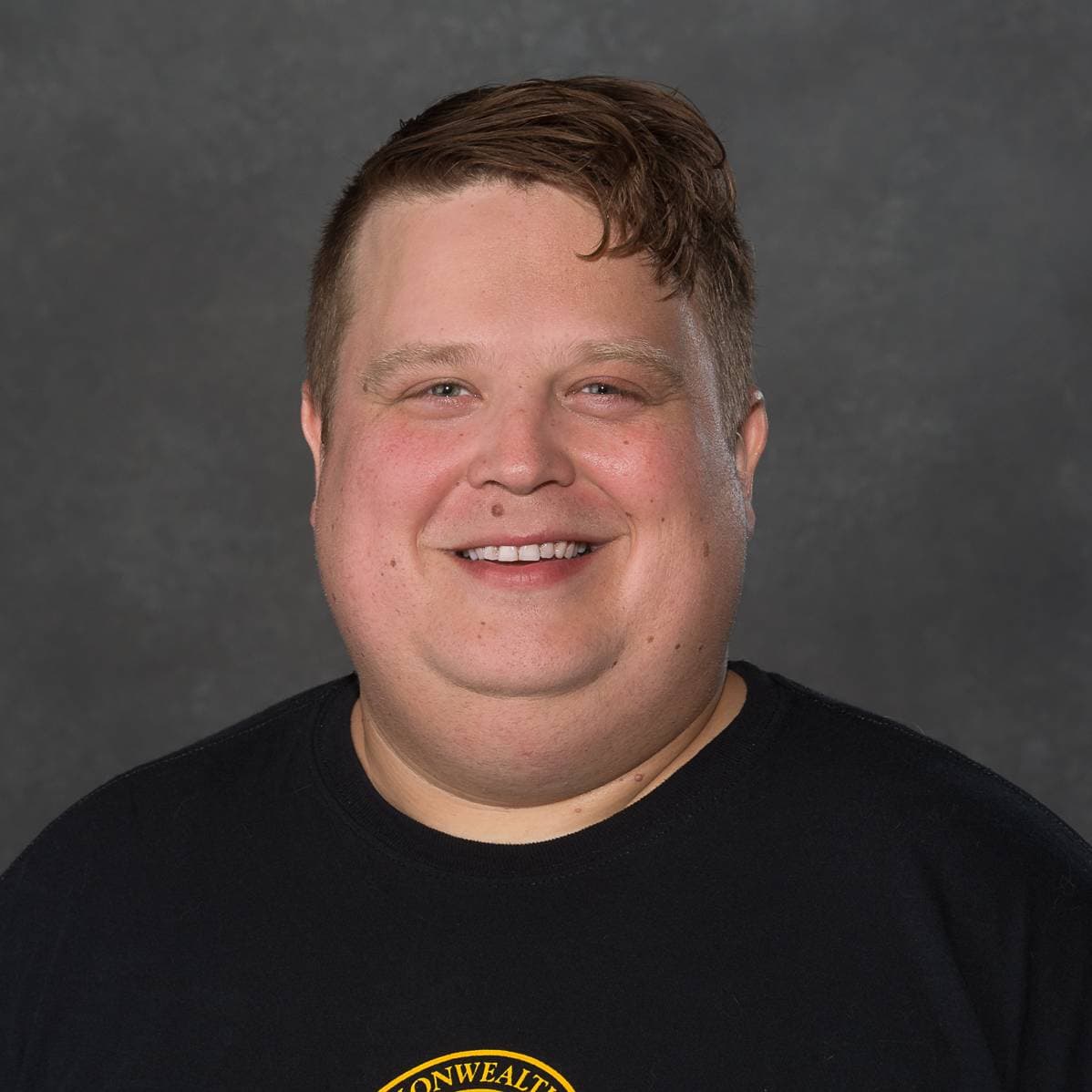Kimberly Sellers, North Carolina State University

Dispersed Methods for Handling Dispersed Count Data
Abstract: While the Poisson distribution is a classical statistical model for count data, it hinges on the constraining equi-dispersion property (i.e. that the mean and variance equal). This assumption, however, does not usually hold for real count data; over-dispersion (i.e. when the variance is greater than the mean) is a more common phenomenon for count data, however data under-dispersion has also been prevalent in various settings. It would be more convenient to work with a distribution that can effectively model data (over- or under-) dispersion because it can offer more flexibility (and, thus, more appropriate inference) in the statistical methodology. This talk introduces the Conway-Maxwell-Poisson distribution along with several associated statistical methods motivated by this model to better analyze count data under various scenarios (e.g. distributional theory, generalized linear modeling, control chart theory, and count processes). As time permits, this talk will likewise acquaint the audience with available associated tools for statistical computing. Interested persons can learn more about this distribution via the reference, The Conway-Maxwell-Poisson Distribution (Cambridge University Press, 2023).
Neal Bushaw, Virginia Commonwealth University

I heard there was a secret chord...
Abstract: What is a musical chord, to a discrete mathematician? What about a scale, or a rhythm? In this talk, we explore these (and other) mathematical versions of musical notions, with a focus on problems that seem like combinatorics. How many scales or chords are there with some specified property? How can we measure a scale, chord, or rhythm? Can we enumerate all chords (and thus find Cohen's Secret Chord along the way)? Can we use any of this to make drum machines? We'll see surprising connections between these musical notions, and glimpse the tip of a mathematical iceberg which began with the study of wealth inequality by Muirhead and Lorenz in the early twentieth century, and which was later expanded by mathematical titans Schur, Littlewood, Hardy, and Pólya.
This talk is intended for a general audience -- no background in either music theory or combinatorics is expected! This talk includes joint work with Viktoriya Bardenova, Brent Cody, Paul Fay, Luke Freeman, Chris Leffler, Maya Tennant, and Toby Whitaker.
